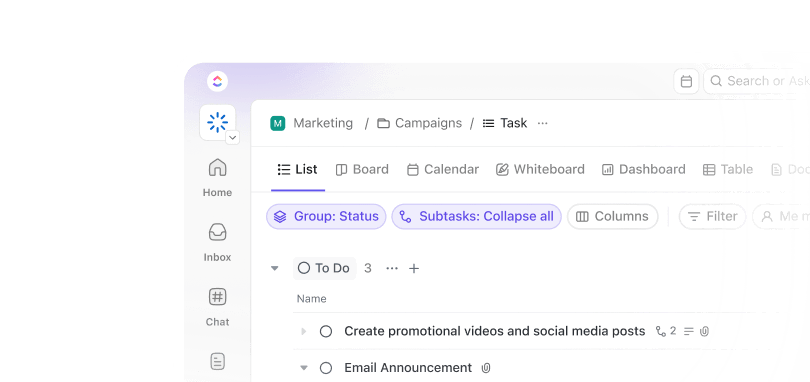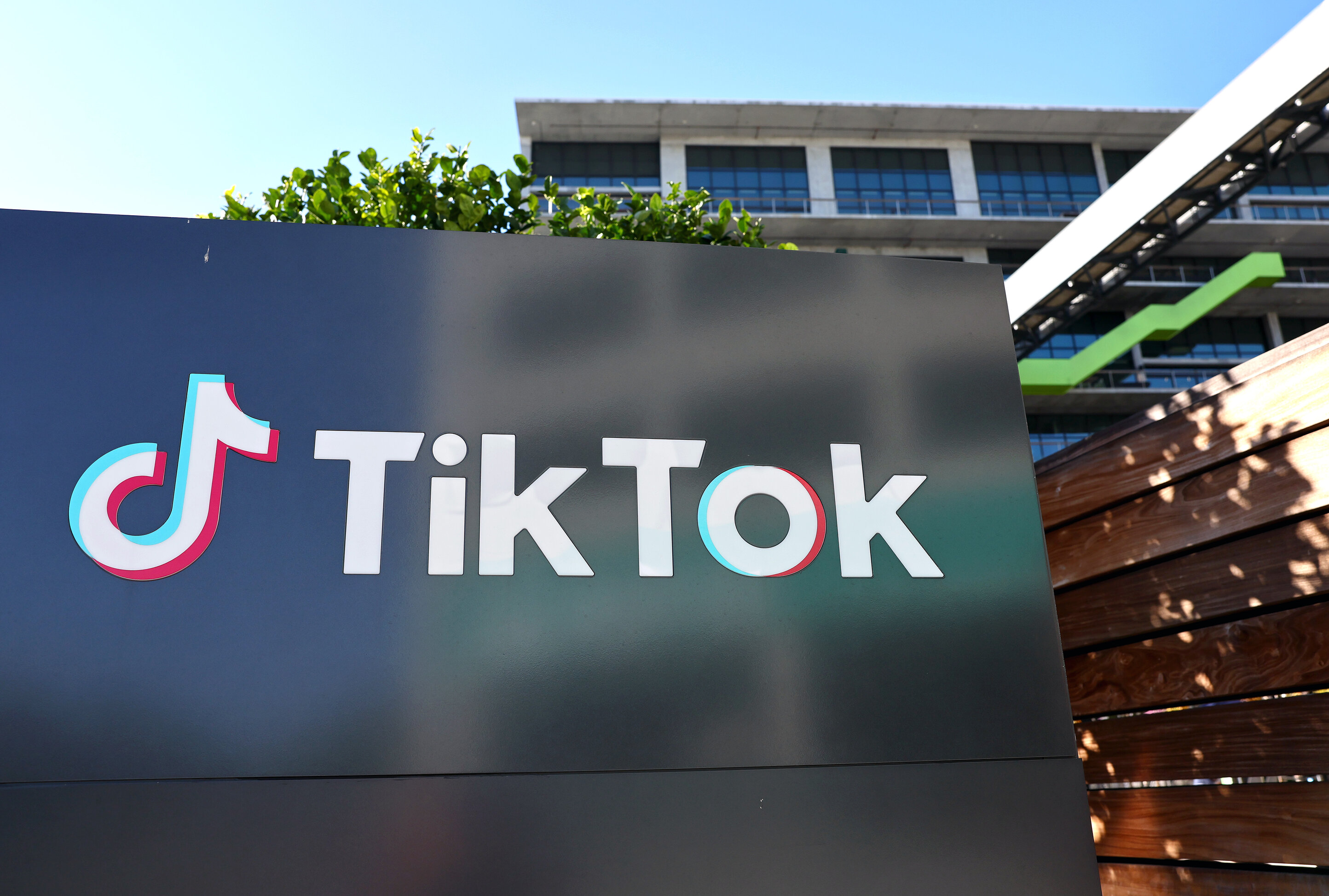Your team is working hard, but productivity feels stuck in quicksand. You’re hiring, training, and replacing employees faster than you can say revolving door!
It’s no surprise, considering employee turnover rates have shot up 20% post-pandemic.
That’s where Multifactor Productivity (MFP) can be your ally. Unlike basic productivity measures that only look at output per hour, MFP digs deeper.
It tells you how well your business is turning multiple inputs, like labor, capital, and technology, into tangible results.
So, if you’re tired of working harder without seeing better results, it’s time to crack the MFP code. Let us break it down for you. Plus, we’ve got a bonus resource management tool to help you maximize efficiency!
Multifactor Productivity: Definition, Importance & How to Measure
⏰ 60-Second Summary
- Multifactor Productivity (MFP) measures how efficiently businesses turn labor, capital, and technology into output
- Unlike basic productivity metrics, MFP considers labor and capital inputs to reveal actual operational efficiency gains
- Calculate MFP using Total Output/Combined Inputs (labor, materials, energy, capital)
- Tracking MFP helps businesses make smarter investments and optimize resources
- Common challenges include measuring intangible factors like innovation and skill levels
- Automation, AI insights, and smarter workflows can significantly improve MFP
- Manual processes and disconnected tools slow teams down, reducing productivity growth
- automates tasks, tracks performance, and centralizes work for better efficiency
What is Multifactor Productivity?
Multifactor Productivity is a measure of economic performance that compares the amount of output to the combined inputs used to produce it.
These inputs can include labor, capital, energy, materials, and even purchased services—giving a more complete view of efficiency.
Unlike calculating labor productivity, which only looks at output per worker or per hour, MFP considers a lot more. It considers how different resources, including labor input, work together to drive results.
A company might produce more, but is it due to better equipment, smarter processes, or longer hours? MFP helps answer that.
By tracking all the moving parts, MFP offers a clearer picture of what’s genuinely driving productivity—and what’s just adding noise.
Why Businesses Should Track Multifactor Productivity
Measuring MFP isn’t just stats for economists and nerds—it’s a game plan for economic growth. Here’s why it matters:
- Spot what’s actually working: Higher output is great, but is it coming from better processes, smarter tech, or just longer hours? MFP helps separate real gains from unsustainable hustle
- Make better investments: Thinking about upgrading equipment or hiring more staff? MFP shows whether your current resources are pulling their weight before you pour money into the wrong fix
- Stay competitive: If your industry is growing but your MFP is stagnant, that’s a red flag. Tracking it helps businesses optimize their efficiency and keep up with the best in the game
- Work smarter, not just harder: More effort doesn’t always mean better results. MFP helps companies focus on improvements that create lasting productivity boosts, not just short-term wins
🧠 Fun Fact: While the term Multifactor Productivity wasn’t around during the Industrial Revolution, its principles were already in play. When steam engines replaced manual labor in factories, output soared—without adding more workers. That’s an early glimpse of how smarter tech and better processes can boost productivity—even more than hiring extra hands!
Factors That Influence Multifactor Productivity
Convinced about the advantages of calculating MFP? It’s now time to look at what actually moves the needle on the metric. Since MFP measures how efficiently inputs turn into output, anything that impacts those inputs or how they interact can change the final score.
Some key factors include:
- Technology adoption: Digital tools don’t just make work easier—they boost productivity. OECD data shows that a 10-percentage point increase in firms using high-speed broadband leads to a 1.4% rise in MFP after one year and 3.9% after three years across EU countries
- Workforce skills: Since labor inputs are a key part of MFP, the skill level of workers directly influences productivity. Skilled workers maximize the output of capital and technology, while skill mismatches slow down productivity
- Capital investment: MFP reflects how efficiently inputs generate output, and the quality of capital matters. Advanced machinery and infrastructure boost efficiency, while outdated equipment limits productivity gains
- Innovation and R&D: Investing in research and development isn’t just about staying ahead—it delivers solid returns. Across 31 studies with significant results, the average private rate of return to R&D was 28.3%, with a range of 7-69% and a standard deviation of 13 percentage points
- Industry and policy environment: External conditions shape business operations, market competition, and supportive policies fuel innovation. In contrast, restrictive regulations and barriers hinder productivity growth
Each element in this list affects the metrics that go into MFP calculations, making them crucial levers for improvement.
How to Measure Multifactor Productivity
Businesses and economists rely on a mix of key metrics, smart methods, and a few detective skills to understand what drives efficiency.
At its core, MFP is calculated using:
Multifactor Productivity = Total Output /Combined Inputs (Unit labor costs + Material + Energy + Capital + Miscellaneous)
But how do companies actually track it?
The metrics that matter
Businesses first need to gather these productivity metrics to measure MFP:
- Total output: This could be the number of products made, services delivered, or revenue earned
- Combined inputs: Not just unit labor costs, but also capital services (equipment, tech), energy, materials, and purchased services
📌 Example of MFP in Action
Let’s say a manufacturing company produces 10,000 smartphones in a month. To make them, they use:
- Labor: 500 worker hours
- Material: $100,000 worth of components
- Energy: $5,000 in electricity
- Physical capital: $50,000 in factory and machine costs
Total combined inputs = $155,000 + 500 worker hours = 155,500
Now, calculating the initial MFP:
MFP = 10,000/155,500 ≈ 0.0643
After improving automation, the company produces 12,000 smartphones using the same resources. The new MFP is:
MFP = 12,000/155,500 ≈ 0.0772
Since MFP increased from 0.0643 to 0.0772, this means the company is producing more without increasing labor or costs—clear proof of better efficiency!
How businesses and economists measure MFP
Wouldn’t it be great if you could know why your business is producing more than you were before? That’s where these different MFP tracking methods come in:
- Growth accounting helps separate real efficiency from just throwing in more resources (because working twice as hard isn’t the same as working smarter)
- Index-based analysis keeps an eye on MFP trends over time, spotting whether improvements are actually sticking
- Industry benchmarks let companies see how they stack up against competitors—because no one wants to be the slowest player in the game
Mixing these methods gives a much clearer picture of what’s really driving productivity. But measuring MFP isn’t always smooth sailing.
The challenges of getting it right
Measuring MFP isn’t always a walk in the park. Some inputs, like labor hours or material costs, are easy to track. But what about innovation or employee skills? You can’t exactly put a number on creativity or experience.
Then, there are external curveballs—market crashes, supply chain issues, or even sudden technological progress that raise productivity numbers.
And let’s not forget the waiting time. A newly purchased software or automation might supercharge efficiency, but the impact isn’t always immediate.
👀 Did You Know? Disengaged employees cost the US economy a staggering $1.9 trillion in lost productivity yearly. If factors like morale can drain efficiency at that scale, imagine how tricky it is to measure everything that affects MFP!
Strategies to Improve Multifactor Productivity
More hours don’t always mean more results. Actual efficiency comes from more innovative systems, skilled teams, and better resource management. Here’s how businesses can get more done with what they have:
Automating workflows with productivity tools
When employees are stuck updating spreadsheets, chasing approvals, or managing tasks across a dozen apps, productivity tanks.
Here’s where tools like , the everything app for work, can save the day.
📮 Insight: Context-switching is silently eating away at your team’s productivity. Our research shows that 42% of disruptions at work come from juggling platforms, managing emails, and jumping between meetings. What if you could eliminate these costly interruptions? unites your workflows (and chat) under a single, streamlined platform. Launch and manage your tasks from across chat, docs, whiteboards, and more—while AI-powered features keep the context connected, searchable, and manageable!
With task management, real-time collaboration, and workflow automation, businesses can keep projects moving without wasting effort on repetitive admin work. Let’s explore how:
Automate repetitive tasks with Automations
Routine tasks shouldn’t consume your team’s time. Automations handle the busywork so that you can focus on your core work. Whether assigning tasks, updating statuses, or sending emails, does it all—automatically.

Here’s what you can do with automations:
- AI Automation Builder: Describe what you need, and AI builds the automation for you
- 100+ templates: Instantly automate tasks, comments, statuses, and more
- Dynamic assignees: Assign work to the right people automatically
- Project shortcuts: Auto-add assignees/watchers to tasks
- Email automation: Send updates without lifting a finger
- Audit logs: Track every automation change
- Integrations: Sync with HubSpot, GitHub, Twilio, and more
See the bigger picture with Dashboards
Tracking productivity is one thing; understanding it in real time is another. Dashboards turn your work into a visual command center, letting you track tasks, deadlines, workloads, and key metrics at a glance.


Whether managing a team, running sprints, or tracking billable hours, Dashboards make it easy to stay on top of everything without the spreadsheet chaos. Plus, they make daily productivity review processes a breeze!
From sales overviews and marketing campaigns to personal productivity and CRM insights, lets you customize Dashboards to fit your workflow.
💡Pro Tip: Need instant answers? Use AI Insights to scan every Dashboard in your workspace and deliver key takeaways in seconds. This way, you can focus on decisions, not digging through data!
Enhance workforce skills and training
Skilled employees are just as crucial as top-tier technology. A company can have the best tools, but without proper training, those won’t be used to their full potential.
To keep productivity growing, businesses need:
- Ongoing employee training programs covering technical skills, process improvements, and role-specific knowledge
- Microlearning opportunities through training software that use short, engaging lessons that help employees upskill without disrupting work
- Cross-training initiatives that help employees handle multiple roles and adapt to changing business needs
Beyond formal training, fostering a culture of continuous learning is key.
Encouraging employees to explore new skills, experiment with better working methods, and share knowledge helps businesses increase productivity without constantly hiring more people.
Optimize resource allocation
More resources don’t always mean more output. Sometimes, it’s about using what you have more effectively. Businesses often waste money on underutilized tools, misallocated budgets, or inefficient workflows without realizing it.
Brain can help you make smart decisions using the right insights. It connects tasks, docs, and people in one AI-powered workspace. In this way, teams spend less time searching and more time doing.


Here’s how Brain helps you work smarter:
- Connect: Link Google Drive, GitHub, Salesforce, and more for seamless knowledge sharing
- Ask: Get instant answers about tasks, docs, and team updates; no more digging through files
- Build: Automate project summaries, progress updates, and stand-ups in real time
- Write: Use an AI-powered writing assistant for spell check, quick replies, templates, and transcripts
Optimize workflows with lean and agile methodologies
Traditional project management can be rigid and slow. Lean and Agile methodologies focus on flexibility, continuous improvement, and eliminating inefficiencies. Thus, they help teams move faster while maintaining quality.
The Project Management suite is designed for Agile and Lean teams. It makes it easy to plan, track, and optimize workflows, all in one connected platform—no more jumping between tools or struggling with outdated spreadsheets.


Here’s how simplifies project management:
- Tasks: Make the most of countless task list templates to organize work with priorities, due dates, dependencies, and checklists
- AI-powered workflows: Automate routine updates, task creation, and progress tracking
- Sprint management: Plan sprints, track velocity, and analyze burndown charts in real time
- Gantt Charts: Visualize project dependencies, deadlines, and milestones in one interactive view
- Docs: Collaborate on ideas, turn brainstorming into action items, and centralize documentation
Disconnected tools slow teams down. brings everything into one place, so Agile and Lean teams can focus on delivering their best work faster.
Encourage collaboration and communication
Transparency is the backbone of a productive team. When information flows freely, decisions happen faster, and work moves smoother. It’s not just us; 70% of employees believe better collaboration could save time and boost productivity.
The right tools don’t just connect collaboration in the workplace; they keep teams in sync, eliminating the chaos of endless email chains and scattered messages.
Chat where work happens with Chat
Messaging and work shouldn’t live in separate apps. Chat combines conversations with tasks, docs, and projects, so nothing gets lost in translation. Whether you’re assigning tasks, sharing updates, or syncing priorities, everything stays connected in one place.


Here’s how you can keep your team moving with Chat:
- Turn messages into tasks: Convert any chat into an actionable task in one click
- Threads stay in sync: Link discussions directly to tasks so conversations don’t get lost
- AI-powered catch-ups: Summarize chats and surface key takeaways instantly, making the most of AI for productivity
- Voice and video calls: Hop on calls with automatic summaries and action items
- Customizable channels: Organize chats by team, project, or topic for structured discussions
Here’s what our customer, Charles F., shared about his experience with :
Work Smarter, Not Harder with
Working smarter—and not longer—is the most foolproof way to boost multifactor productivity. Businesses can achieve more with the same effort by optimizing resources, embracing AI, simplifying workflows, and fostering collaboration.
The right tools make all the difference, and that’s where blows the competition out of the water.
From automation to AI-powered insights, helps teams cut out inefficiencies and focus on high-impact work. No more juggling multiple platforms or wasting time on repetitive tasks, just a smarter way to increase company productivity.
Ready to see MFP in action and transform the way your team works?


Everything you need to stay organized and get work done.














